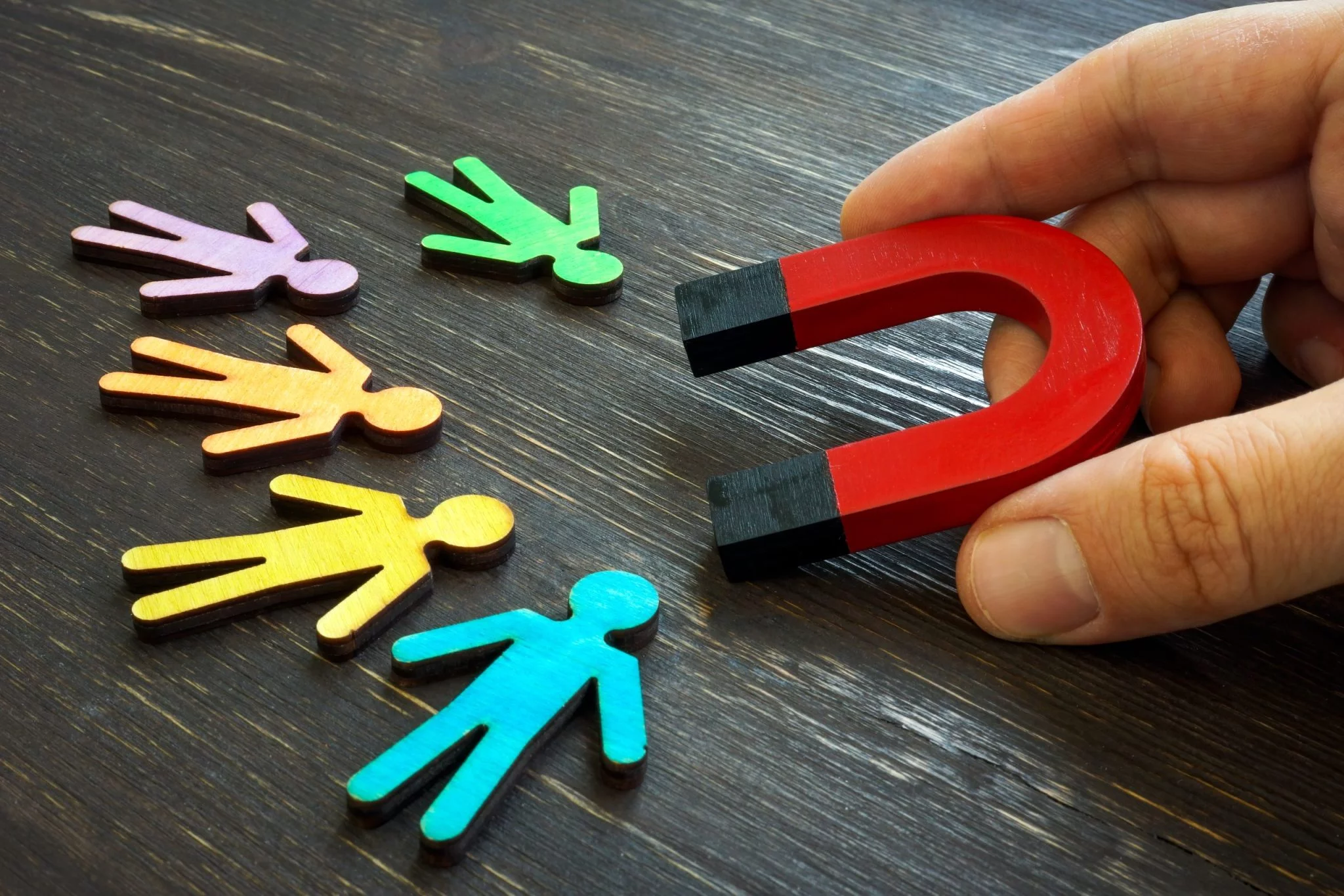
If you’ve been juggling multiple channels, touchpoints, and technologies, hoping they’ll magically connect into a flawless customer experience (CX), here’s the truth—it won’t happen without a plan. But don’t worry, you’re not alone in this puzzle. Crafting a seamless CX ecosystem is no small feat, yet it's essential for businesses that want to delight their customers and outpace competitors.
This article will walk you through the essentials of building a robust customer experience ecosystem. From understanding customer behaviors to harnessing technology for better customer interactions, this guide will equip you with the tools to wow your target audiences at every step.
What is a Customer Experience Ecosystem?
Picture your CX ecosystem as a spider web—all the touchpoints, channels, and interactions between you and your customers are interconnected. Whether it’s a storefront, your website, social media platforms, live chats, or backend systems like CRM tools, every strand in the web impacts the bigger picture. When one touchpoint falters (think a long response time on live chats), the entire experience wobbles.
Customers don’t compartmentalize their perception of your brand. For them, every interaction—whether it’s browsing your website, reviewing production services, or reaching out to customer support—is part of the same experience. It’s up to your business to ensure these pieces work together cohesively.
Why a Seamless CX Ecosystem Matters
Customers don’t think in channels; they think in experiences. When someone engages with your business, they aren’t switching gears between platforms like websites or emails—they’re simply interacting with you. This is why disjointed systems are dangerous.
Consider what happens when someone purchases a product online and is met with poor customer support post-purchase. Or when they’re transferred between customer service reps who aren’t equipped with their purchase history. Friction, frustration, and confusion lead to a lot more than a lost sale—they erode brand trust.
A seamless CX ecosystem solves these challenges by aligning user experience with your operational and customer-facing systems. It reduces customer effort (measured by metrics like the Customer Effort Score, or CES), fosters loyalty among repeat customers, and builds meaningful relationships.
The Core Elements of a Customer Experience Ecosystem
To design a thriving CX ecosystem, you first need to understand its building blocks.
1. Touchpoints Across Channels
Every interaction your customers have with you—online, offline, or through live chats—is a touchpoint. These include but aren’t limited to:
- Digital: Your website, social media platforms, mobile apps, and email campaigns.
- Human: Customer support teams, sales representatives, and in-store staff.
- Physical: Events, storefronts, or physical mail campaigns.
2. Data Streams
Customer data tells a powerful story. Insights like purchase history, preferences, and behavioral patterns allow your business not only to serve but anticipate customer needs. Make sure your ecosystem collects, stores, and analyzes customer data effectively.
3. Backend Systems
Behind the scenes, your systems (like CRMs, analytics platforms, and marketing tools) are the lifeblood of your CX ecosystem. Think of these as the scaffolding that holds the entire system together.
4. Human Connections
Beyond tech, people remain central to a great CX ecosystem. Whether it’s your frontline staff or your CX strategists, having a well-trained team empowers smoother customer interactions.

How to Architect a Seamless Customer Experience Ecosystem
Creating a harmonious CX ecosystem isn’t just about adding more tools. It’s about intentional design. Here’s a step-by-step plan to bring your customer experience to life.
Step 1: Map Your Customer Journey
Start by mapping out every point where customers interact with your brand. This should include online interactions, physical touchpoints, and even post-sale follow-up. Understanding how customers flow through your business will help you identify gaps and opportunities.
Step 2: Make Omnichannel Your Baseline
It’s not enough to be "multi-channel." Your website, app, physical store, and any other platform must work in tandem. This ensures a customer can start a conversation on Twitter, continue it through email, and finish it over a live chat without repeating themselves.
Step 3: Personalize, But Keep It Comfortable
Today’s customers expect personalization. Use data to deliver tailored recommendations, offers, and messaging. For instance, emailing someone based on their previous purchase history is effective, but overstepping (like calling out their specific location data unnecessarily) can feel invasive. Striking this balance is essential.
Step 4: Invest in Your Technology Stack
A strong tech foundation enables seamless experiences. Here’s what you’ll need at a minimum:
- Customer Relationship Management (CRM) systems like Salesforce or HubSpot to track purchase history and conversations.
- Marketing Automation Tools to drive personalized messaging and campaigns.
- Data Analytics Platforms to help you understand customer behavior.
- Integration Middleware to tie different systems together. Think of this as the glue holding your tech together.
Step 5: Train and Empower Your Teams
Your ecosystem is only as strong as the people operating it. Make ongoing training a priority for your customer-facing staff and CX strategists. Encourage collaboration among data analysts, customer support reps, and your technical team to ensure everyone is working toward the same CX goals.

Measuring the Success of Your CX Ecosystem
What gets measured gets managed. These metrics will help you assess the health of your CX ecosystem:
- Customer Effort Score (CES): Tracks how easy it is for customers to get help or complete key actions.
- Net Promoter Score (NPS): Measures how likely customers are to recommend your brand.
- Customer Satisfaction (CSAT) scores from surveys and reviews.
- Journey Completion Rates to identify bottlenecks in the customer process.
- Cross-Channel Engagement Metrics to analyze how well your channels are working together.
Consistently reviewing these metrics will help you fine-tune your ecosystem while improving users' experience.
The Future of CX Ecosystems
Technology evolves every day, and the customer experience ecosystem is no exception. Here are a few trends shaping the future of customer interactions:
- AI-Driven Personalization: From dynamic email content to smarter chatbots, AI is fine-tuning the way businesses interact with customers.
- Predictive Analytics: This takes analyzing customer data to the next level by predicting likely behaviors and future needs.
- Augmented Reality (AR) Experiences in shopping and support.
- Voice-focused interfaces as voice-first platforms like Alexa and Google grow.
- Ambient Computing, where digital systems operate seamlessly in the background of everyday life.
By staying ahead of these trends, your business can continue to adapt and grow within a competitive landscape.
Fine-Tune Your CX Ecosystem
You wouldn’t build a house without a blueprint—and the same goes for your CX ecosystem. Crafting a customer experience that feels seamless might take time, but it’s a surefire way to turn customers into long-term advocates.
Here’s your action plan to get started today:
- Map all customer touchpoints—leave nothing out.
- Centralize and align your data systems.
- Focus on reducing customer effort by integrating channels.
- Train your staff to be CX advocates.
- Measure, refine, and stay agile as new opportunities arise.
At the end of the day, each interaction matters. Your CX ecosystem should leave customers feeling valued, supported, and eager to return. Build a web they’ll want to get caught in time and time again.



.webp)






















































